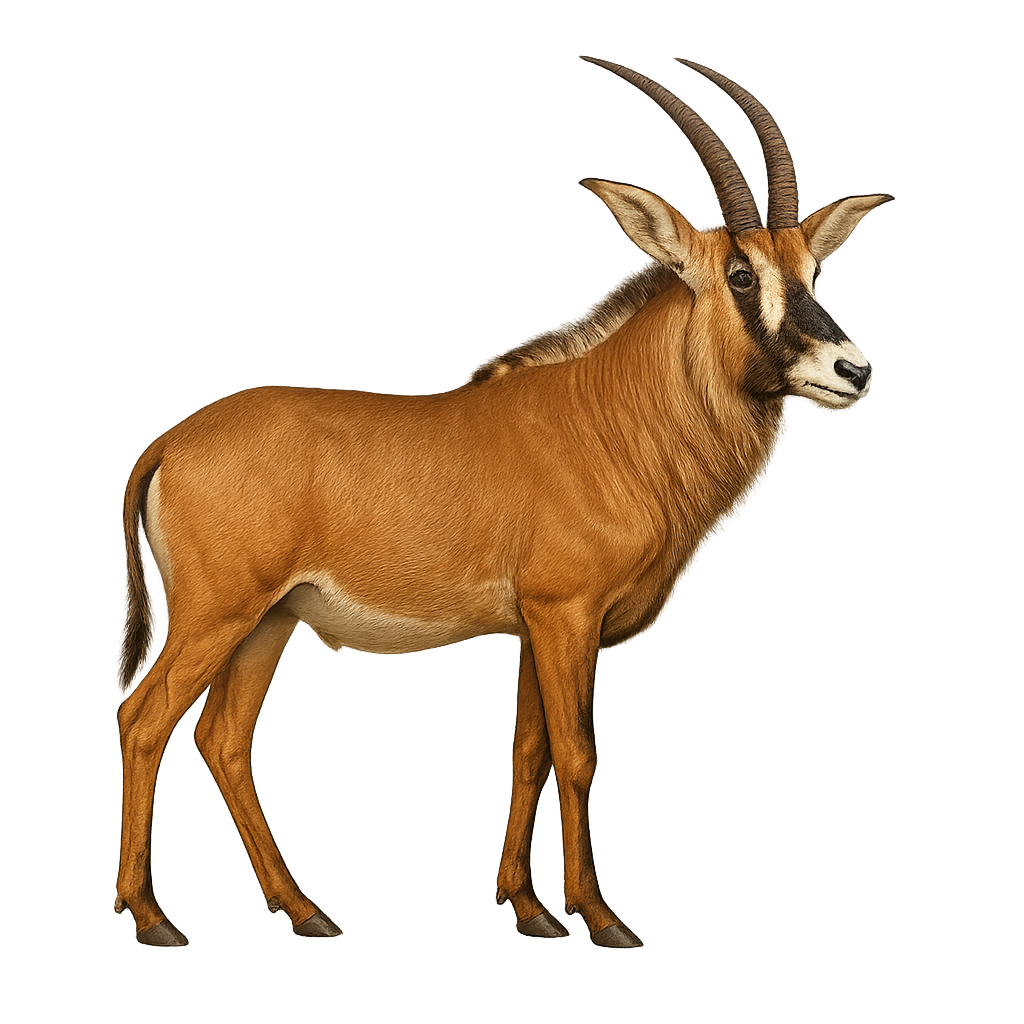Your wildlife photography guide.
Explore the roan antelope in detail, study its behavior, prepare your shots.
Where to observe and photograph the roan antelope in the wild
Learn where and when to spot the roan antelope in the wild, how to identify the species based on distinctive features, and what natural environments it inhabits. The WildlifePhotographer app offers tailored photography tips that reflect the roan antelope’s behavior, helping you capture better wildlife images. Explore the full species profile for key information including description, habitat, active periods, and approach techniques.
Roan antelope
Scientific name: Hippotragus equinus

IUCN Status: Near Threatened
Family: BOVIDAE
Group: Mammals
Sensitivity to human approach: Suspicious
Minimum approach distance: 50 m
Rut period: September to November
Gestation: 270-280 jours
Births: June to July
Habitat:
Savannas, wooded grasslands, open forests
Activity period :
Primarily active during the day, with peak activity in the morning and late afternoon.
Identification and description:
The roan antelope, Hippotragus equinus, is a large African herbivore known for its reddish-brown coat and long, ringed horns. It primarily inhabits the savannas and wooded grasslands of sub-Saharan Africa. Males are slightly larger than females, reaching up to 1.5 meters at the shoulder and weighing around 300 kg. Both sexes have horns that can grow up to a meter long. The roan antelope is a gregarious animal, living in small herds led by a dominant female. It is known for its wary nature and ability to vigorously defend its young from predators.
Recommended lens:
400 mm – adjust based on distance, desired framing (portrait or habitat), and approach conditions.
Photography tips:
To photograph the roan antelope, it is advisable to use a telephoto lens of at least 400mm to capture detailed images from a distance. The best opportunities arise early in the morning or late afternoon when the light is soft and the animal's activity is more pronounced. Stay discreet and use a tripod to stabilize your camera, as these animals can be suspicious and quickly move away if disturbed.
The WildlifePhotographer App is coming soon!
Be the first to explore the best nature spots, track rutting seasons, log your observations, and observe more wildlife.
Already 1 429 wildlife lovers subscribed worldwide

